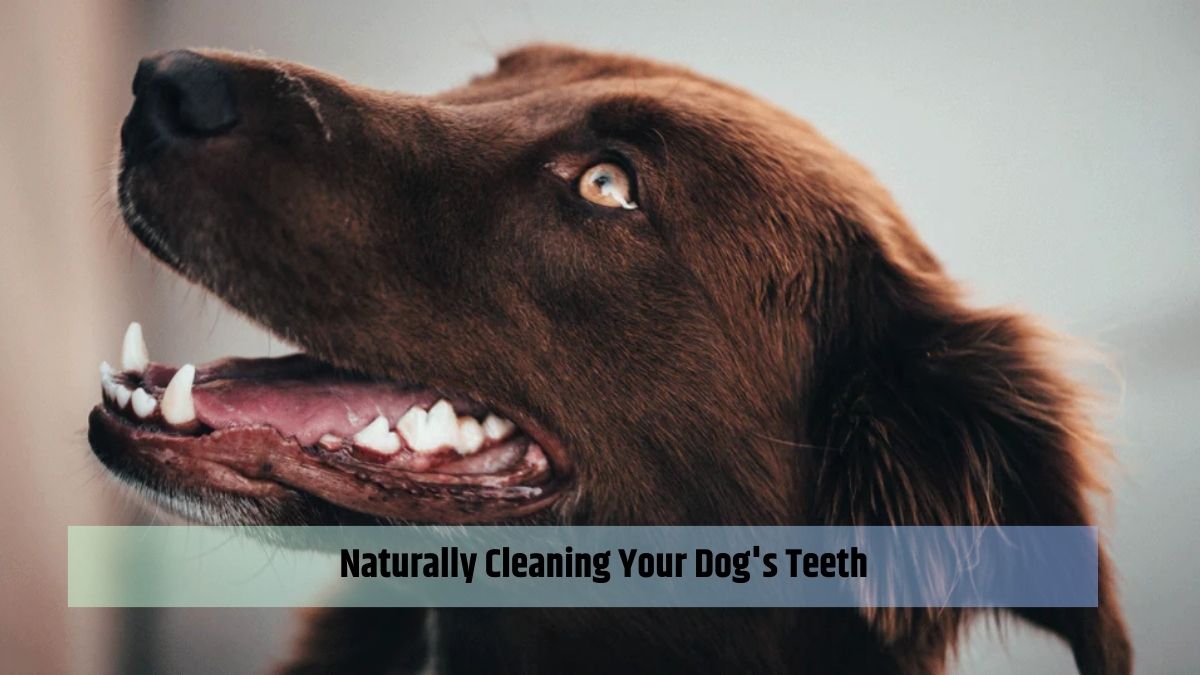When a pet is nearing the end of its life due to illness or old age, hospice care can provide them with the compassionate and supportive care they need. When a pet is in its last days, weeks, or months of life, its comfort, quality of life, and dignity are of the utmost importance. Here is all the information you require regarding hospice care for your cherished pet:
1. Goals of Pet Hospice Care
The primary goal of pet hospice care is to ensure that pets remain as comfortable and pain-free as possible during their final stages of life. It emphasizes palliative care and symptom management to alleviate pain, discomfort, and distress.
2. Multidisciplinary Approach
Pet hospice care typically involves a multidisciplinary team of veterinary professionals, including veterinarians, veterinary technicians, and support staff. They work together to assess your pet’s needs, develop a customized care plan, and provide ongoing support and guidance to pet owners.
3. Pain Management
Pain management is a crucial aspect of pet hospice care. Veterinarians may prescribe medications or alternative therapies to manage pain and discomfort associated with the underlying illness or condition. This may include analgesics, anti-inflammatory drugs, or other pain-relieving modalities.
4. Comfort Measures:
Pet hospice care focuses on enhancing your pet’s comfort and quality of life through various measures. This may include providing soft bedding, adjusting environmental conditions, offering gentle grooming and massage, and ensuring access to food, water, and litter boxes.
5. Nutritional Support
Maintaining proper nutrition is essential for pets in hospice care. Veterinarians may recommend dietary adjustments or supplements to address changes in appetite, digestion, or nutritional requirements. Feeding tubes or assisted feeding techniques may be necessary for pets unable to eat independently.
6. Quality of Life Assessments
Veterinarians conduct regular assessments to evaluate your pet’s quality of life and monitor changes in their condition. This may involve assessing pain levels, mobility, appetite, hydration, and overall well-being. These assessments help guide treatment decisions and adjustments to the care plan.
7. Emotional Support
Pet hospice care extends emotional support and guidance to pet owners throughout the end-of-life journey. Veterinarians and support staff provide compassionate listening, counseling, and assistance with decision-making to help pet owners cope with grief, guilt, and difficult decisions.
8. Euthanasia Consideration
In some cases, euthanasia may be considered as a compassionate option to alleviate suffering and maintain dignity for pets in hospice care. Veterinarians work closely with pet owners to assess the pet’s quality of life and make informed decisions regarding end-of-life care.
9. Pet Owner Education
Pet hospice care includes comprehensive education and support for pet owners, empowering them to provide the best possible care for their pets during their final stages of life. This may involve training in caregiving techniques, pain management strategies, and end-of-life decision-making.
10. Aftercare Support
Pet hospice care offers a compassionate and dignified approach to end-of-life care for pets, ensuring that they receive comfort, support, and love until the very end. If you’re considering hospice care for your pet, consult with your veterinarian to explore your options and develop a personalized care plan that meets your pet’s unique needs and preferences. Remember that you’re not alone—there are resources and support available to help you through this challenging time.
Conclusion
Comfort, dignity, and love are guaranteed for pets in their last days with pet hospice care, which takes a compassionate and supportive approach to end-of-life care. In order to give their cherished pets the care and support they need during this challenging time, pet owners should familiarise themselves with the principles and advantages of pet hospice care.
FAQs
What is pet hospice care?
Pet hospice care focuses on enhancing the quality of life for pets with terminal illnesses or age-related decline, providing palliative care and support to manage pain and discomfort.
What services are included in pet hospice care?
Pet hospice care may include pain management, symptom control, nutritional support, mobility assistance, and emotional support for both pets and their caregivers.
When is it time to consider pet hospice care?
Pet hospice care may be appropriate when a pet is diagnosed with a terminal illness, experiences a significant decline in quality of life, or exhibits symptoms that cannot be effectively managed with conventional treatments.
How do I find a pet hospice care provider?
Consult your veterinarian for recommendations on reputable pet hospice care providers in your area. Additionally, online resources and pet hospice organizations can offer valuable information and support.
Can pet hospice care be provided at home?
Yes, many pet hospice care providers offer in-home services, allowing pets to remain in familiar surroundings surrounded by their loved ones during their final days.
What role do pet owners play in pet hospice care?
Pet owners play a crucial role in pet hospice care, providing love, comfort, and companionship to their pets, as well as making decisions about their care and end-of-life arrangements.












